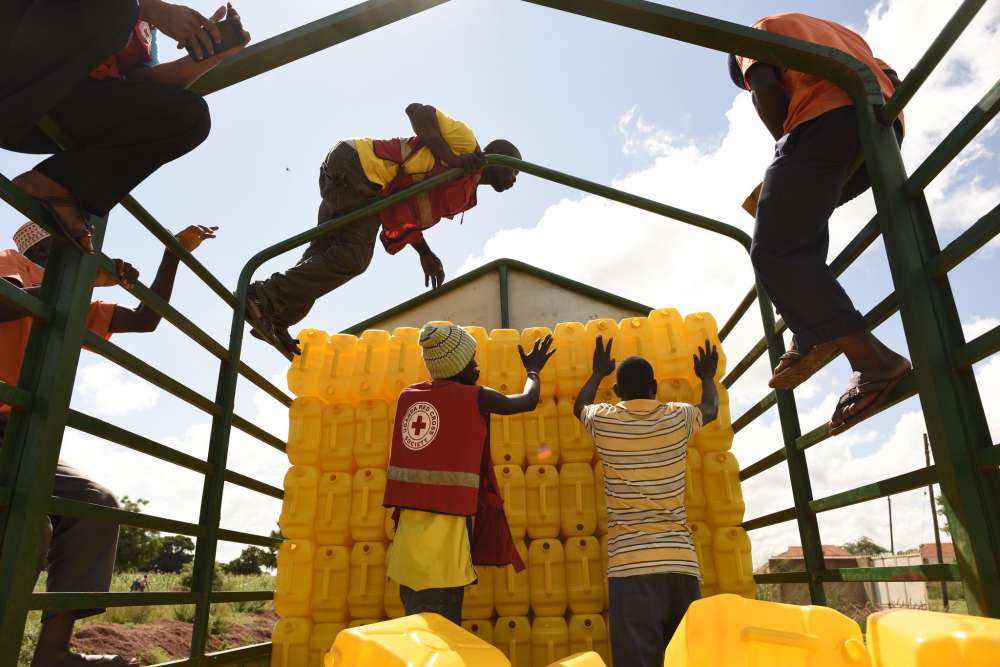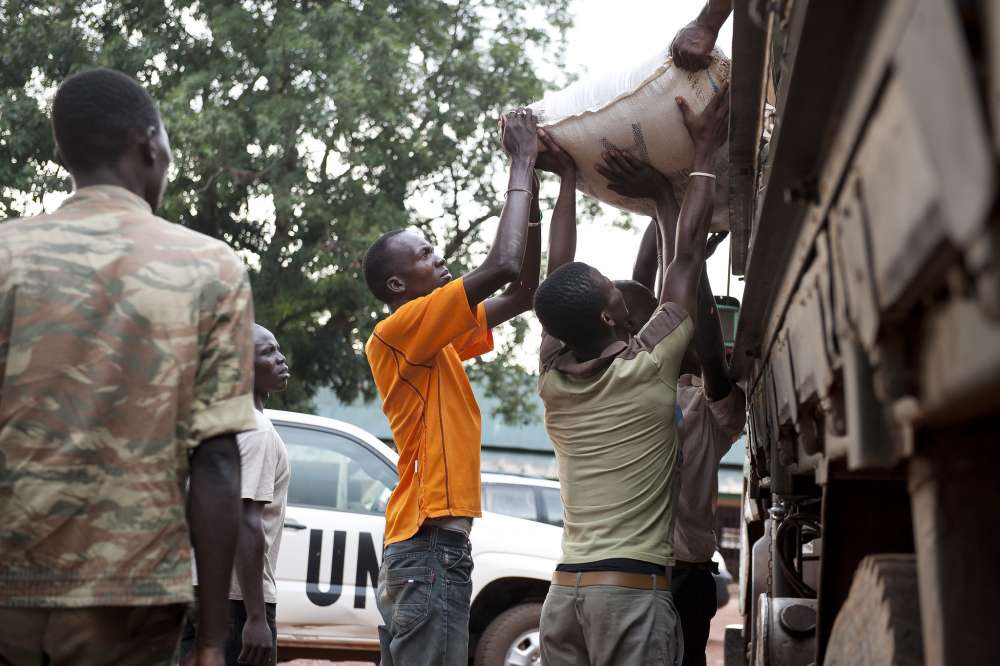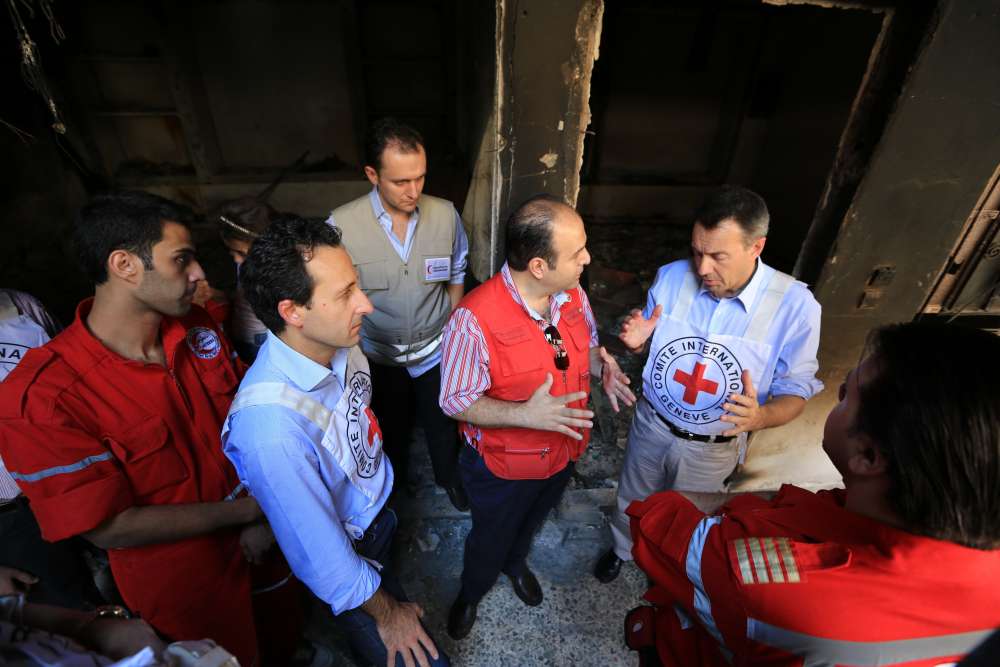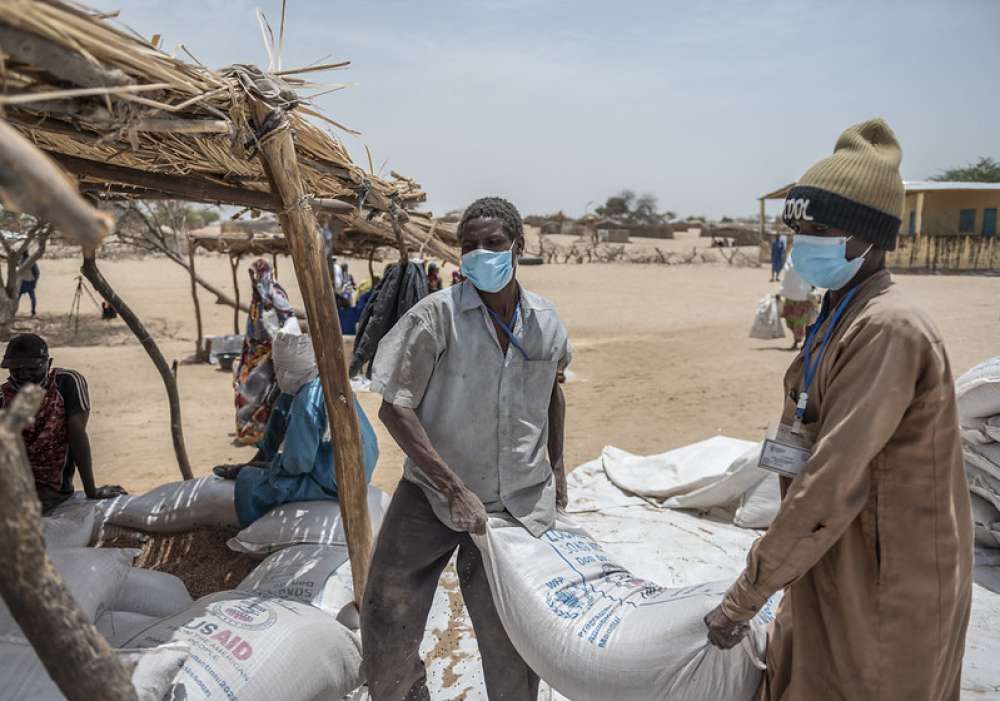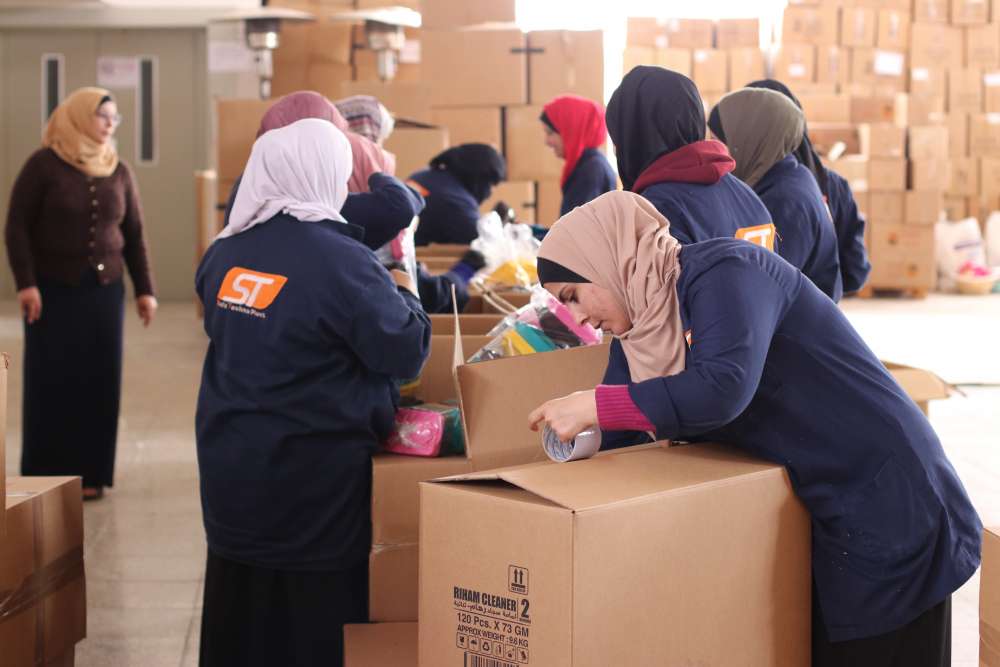Sharing the Keys to the Localization House

The Inertia of Localization – Is the Sector Moving Backwards?
We regularly speak with national NGOs as part of humanitarian research or evaluations at the Global Public Policy Institute (GPPi), an independent think tank. The Grand Bargain commitments have certainly triggered a flurry of genuinely well-meaning initiatives to support organizations that operate in their own national or local contexts. Yet each research interview we conduct with national NGOs suggests that progress on localization has plateaued or, even worse, reversed. Ethiopian NGOs, for instance, recently told us that they received more funding in 2017 due to the Grand Bargain commitments – only to see it drop back to previous levels a mere year later. And most subcontracts still do not cover national NGOs’ basic overhead, a story that is as old as the localization debate itself. Good luck trying to “fulfill all the criteria with regard to accountability, transparency, sound financial management” – as EU Commissioner Janez Lenarčič stresses – if the only staff costs you can claim from your international partners are those for transporting goods from A to B.
The European Commission is just one among many donors who perpetuate a system that requires money to flow through North-based organizations, UN agencies or pooled funds to reach organizations headquartered in the Global South. As long as we fail to address the inertia of this basic subcontracting logic, we need a better fix within it. Relying on the good faith of UN agencies and international NGOs won’t cut it – their internal incentive structures make them poor guardians of localization to begin with.
The Growth Paradigm Hinders Localization.
The history of international humanitarian action in Africa is littered with evidence of this dynamic. As an example, when United Nations High Commissioner for Refugees (UNHCR) and international NGOs first set up shop in Kenya, Tanzania and Uganda as “non-operational” entities in the 1960s, their arrival initially caused a spike in the number of national organizations operating with some autonomy. That changed when the same international actors started delivering more assistance themselves. They quickly became the preferred funding channels – and started to either subcontract national actors or crowd national capacity out altogether. The Middle East has seen a similar trajectory.
The growth paradigm under which international actors operate has powered this same dynamic for decades. Like corporations, international NGOs leverage size to compete and are therefore interested in their own survival and expansion first. That they keep stressing their size in external communications shows that this (admittedly weird) measure of success is alive and well. If your business model depends on growth, you better keep controlling resource flows. The last thing you do is get out of the way.
All of this is not to say that there are no well-meaning change agents in international agencies. There are – and these people want to change how their organization engages with national partners. But these initiatives – be they from the bottom-up or top-down – will have a slim chance of success if the political economy around growth persists. The impressive self-organization efforts of local and national collectives like the Network for Empowered Aid Response (NEAR) won’t be enough either. Much like replaceable minimum wage workers will not unionize against powerful corporations, national NGOs can too easily be pitted against each other as long as competitive subcontracting is the dominant business logic.
Why We Need a Localization Index – And How It Could Look.
The growth logic of international organization and the tendency to maintain the status quo is why we need to hand the keys to localization to local actors. International NGOs and UN organizations should no longer be the ones judging progress on localization while letting themselves off the hook with performance indicators they themselves developed. As Sudhanshu S. Singh has retraced, performance indicators are sometimes manipulated by international actors to serve their own interests. However, to monitor localization progress in a result-oriented way, the roles of international actors as both player and referee cannot be sustained.
We need a Localization Index that puts homegrown initiatives in charge of evaluating localization efforts – and forces international donors to put their money where their mouth is. National NGOs should define the benchmarks of localization success based on what they see as priorities, and they should anonymously rate how individual international organizations are doing in meeting them. Donors should only fund international NGOs or UN organizations with a good-enough rating. At the very least, there should be an automated mechanism that pegs international organizations’ overhead percentages to their Localization Index ratings.
Yes, we are suggesting yet another TripAdvisor-type fix for a power problem, and one that is far from a silver bullet. To function at all, it would have to include safeguards against manipulation by those who hold the power. However, if done right, it could nudge organizations in the right direction. International actors with good localization records will have an incentive to maintain their performance to ensure donor support, while faltering ones will have to course-correct to remain in – or return to – donors’ good books. Most importantly, national organizations would finally have a tool to hold donors and humanitarian actors to their commitments.
This commentary was first published on the CDA Blog on April 14, 2021 as a part of the series, “From where I stand: Unpacking ‘local’ in aid”.
